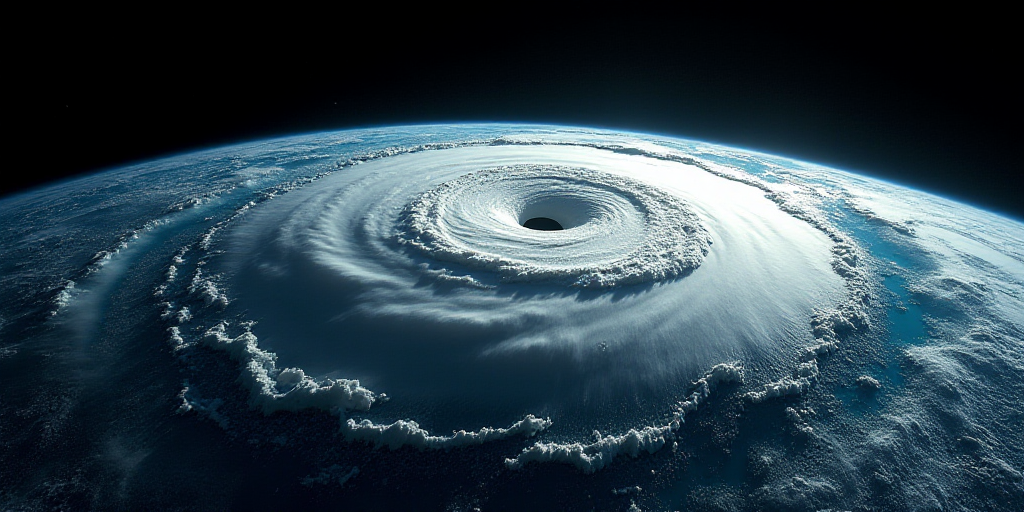Overview of Hurricane Erin’s Path and Impact
Hurricane Erin, the first major storm of the Atlantic North’s hurricane season, has strengthened to Category 4 on the Saffir-Simpson scale with sustained winds of up to 220 km/h. It is currently located over Grand Turk, in the British Overseas Territory of the Turks and Caicos Islands, and is advancing towards the Bahamas. The National Hurricane Center (NHC) warns of heavy localized rainfall in the Bahamas, Haiti, and the Dominican Republic, along with a risk of flooding.
Hurricane Erin’s Path and Previous Impact
Erin approached the northern Lesser Antilles and Puerto Rico over the weekend, causing material damage. In Puerto Rico, a U.S. territory of over 3 million inhabitants still recovering from Hurricane María in 2017, homes and roads were flooded. Strong winds downed trees and left around 150,000 households without power on Sunday. By Monday, the local utility company, Luma, reported restoring service to 96% of its customers.
The NHC predicts Erin will continue moving northwest, passing between the U.S. East Coast and Bermuda midweek. The hurricane is expected to grow significantly, creating dangerous sea conditions across the western Atlantic and increasing the risk of deadly rip currents and storm surges along most of the U.S. East Coast.
Coastal Flooding and Evacuation Orders
Coastal flooding is also a concern, particularly in a chain of islands off the coast of North Carolina. Preventive evacuation orders have been issued in some areas.
More Intense Season Ahead
The Atlantic North’s hurricane season, running from early June to late November, is expected to be more active than usual this year, according to U.S. weather authorities.
- Previous Intense Seasons: In 2024, the region experienced several deadly storms, including Hurricane Helene, which caused over 200 deaths in the southeastern U.S.
- Warm Ocean Temperatures: Warmer-than-average sea surface temperatures in the tropical Atlantic and Caribbean, combined with an active African western monsoon, are expected to fuel elevated tropical activity this year.
- Climate Change Link: Scientists largely agree that human-induced climate change is amplifying tropical cyclones. Warmer oceans release more atmospheric moisture, leading to stronger winds, while a warmer atmosphere retains more humidity, intensifying rainfall. Rising sea levels also exacerbate storm surges and coastal flooding.






